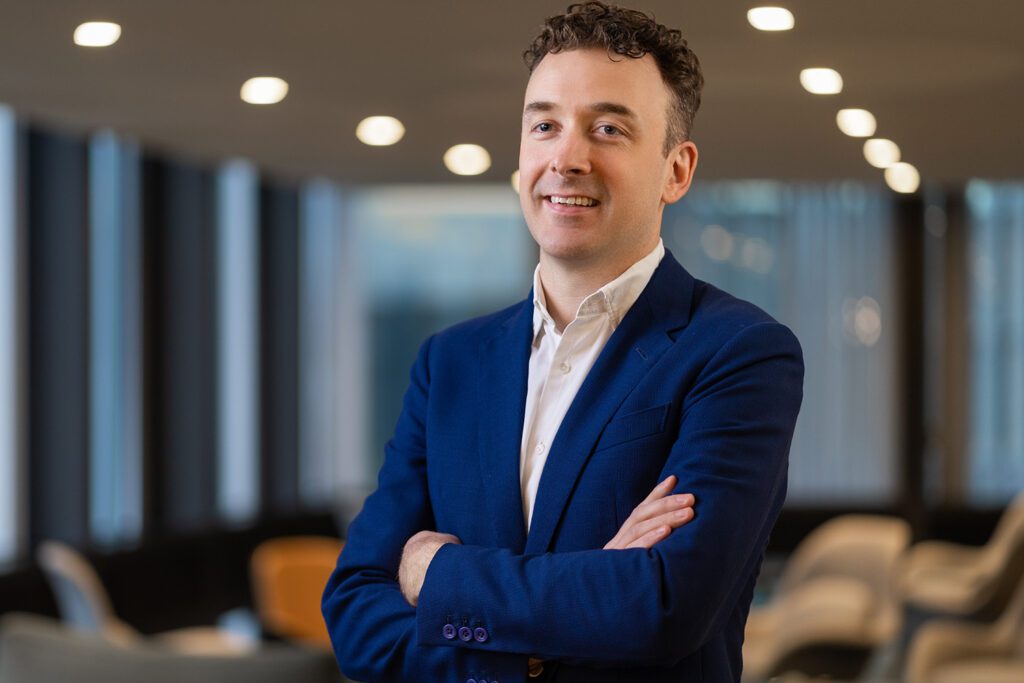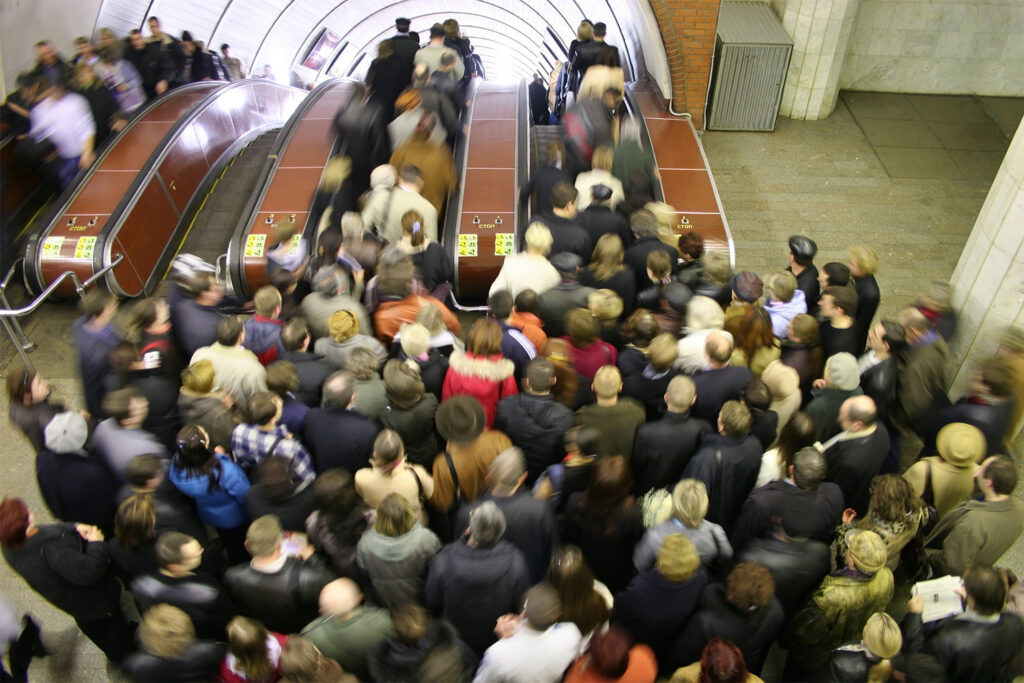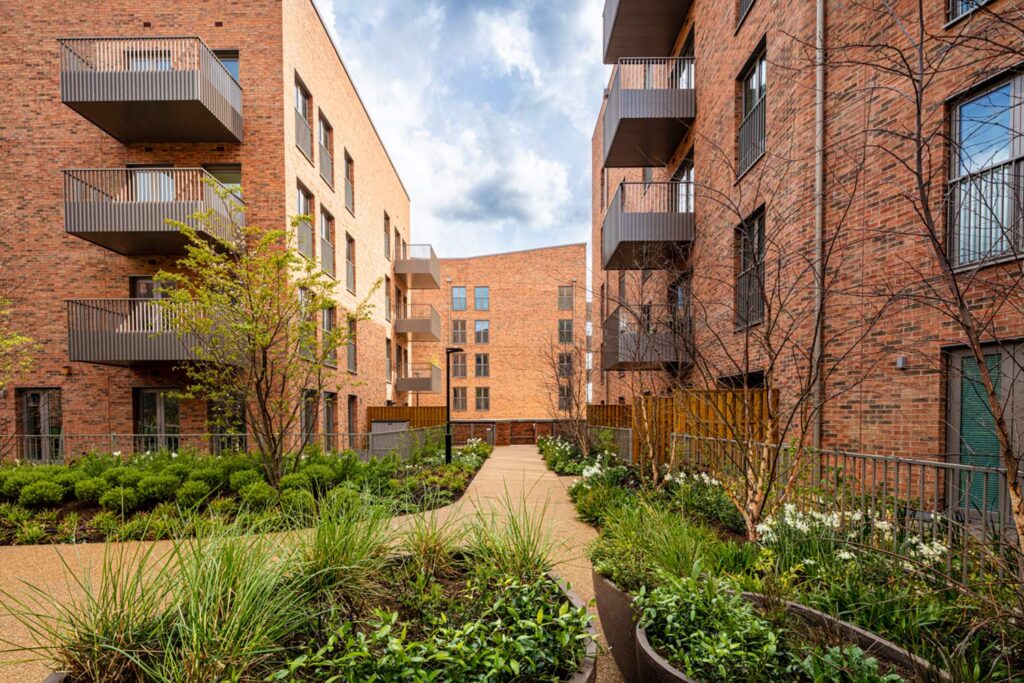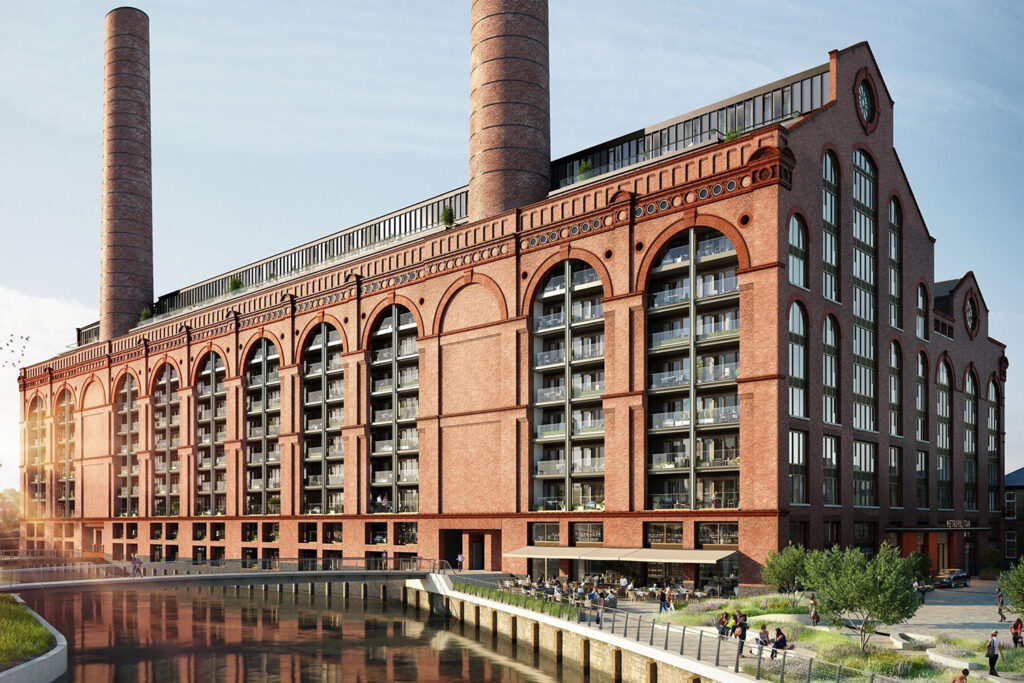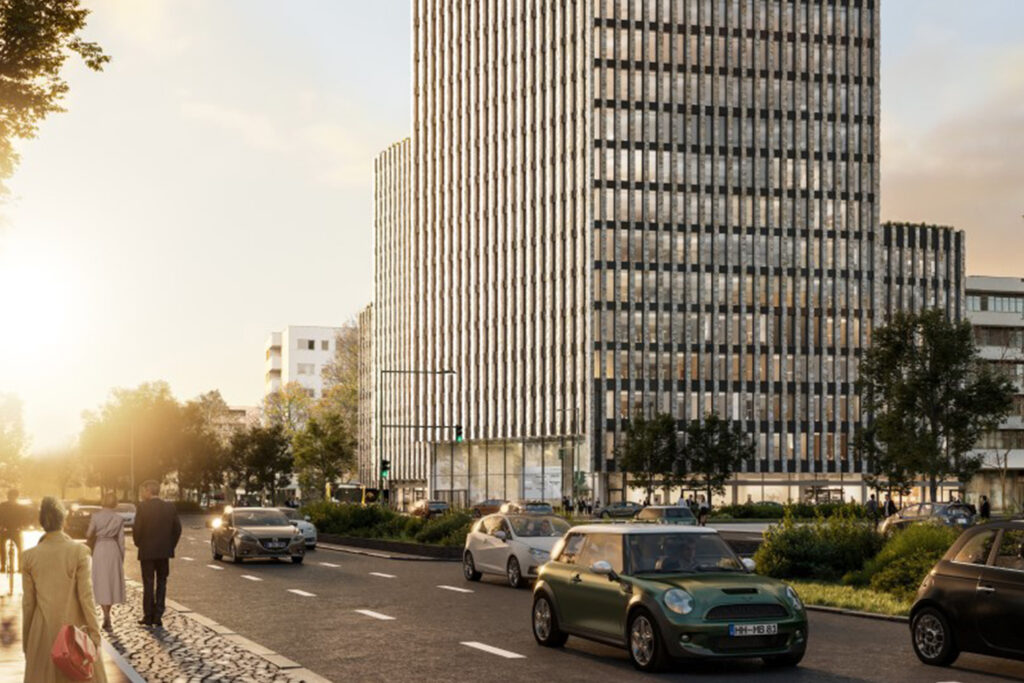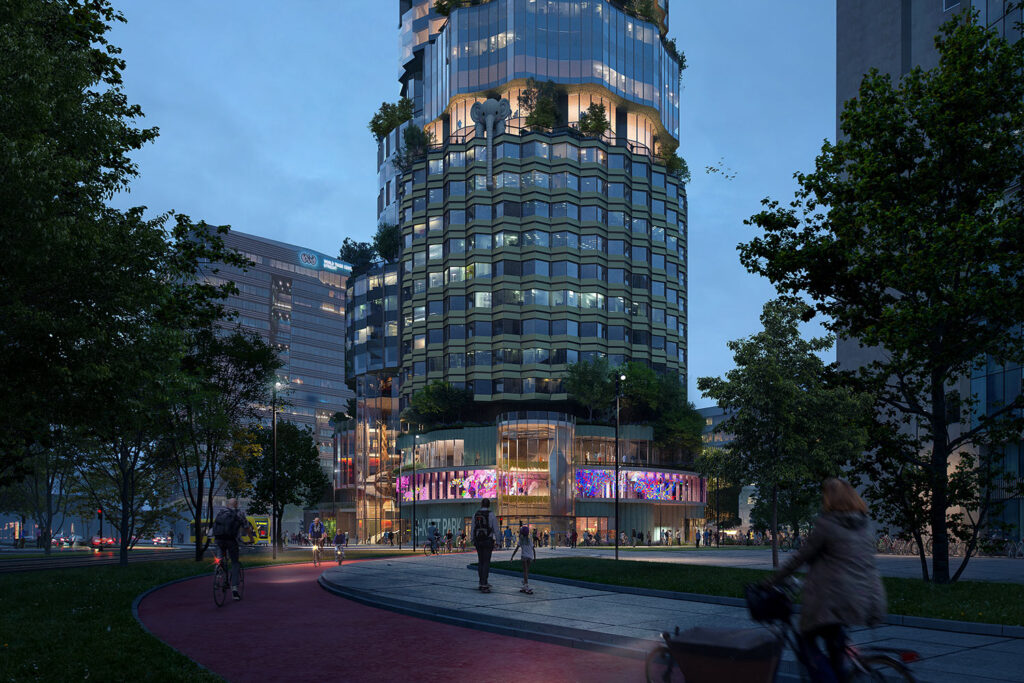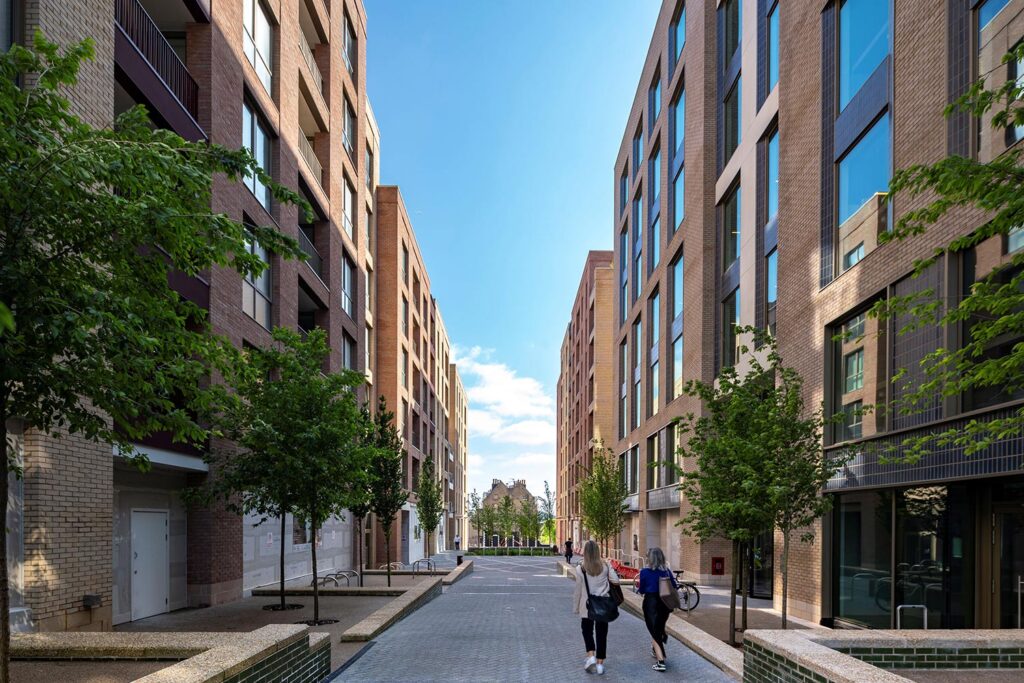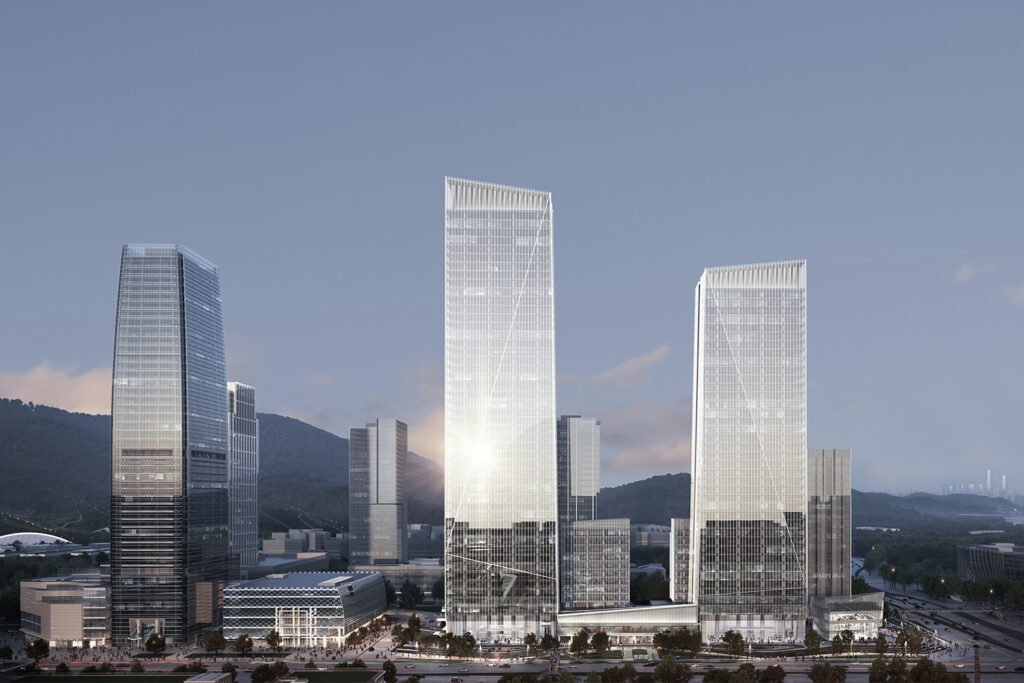Why is an engineering consultancy interested in loneliness?
Buro Happold is collaborating with several organisations to improve understanding of loneliness in the workplace.
Why would an engineering company want to do that? The answers are many and complex – here is why the problem is not only relevant but also important to us.

At Buro Happold, we like to think broadly. Engineering is, by its broadest definition, about applying specialist knowledge based on scientific understanding – it is a process rather than a single discipline. As the science of wellbeing is better conceptualised, then it is possible to bring a more thorough, evidence-based approach to design. In short, we can engineer buildings to reduce loneliness.
We appreciate that, sometimes, science can only get us so far – it is important to grasp the broader impacts of the decisions being made as we design buildings. For example, there is no point in optimising efficiency while inadvertently creating an environment that makes people feel lonely and disenfranchised. In light of this, here are a few of the findings from the work that we have done. Some of this insight could fundamentally alter the way that we engineer buildings. Rather less drastically, it might just change where you decide to locate the tea point.
Navigating the balance between isolation and crowding
Too much isolation and people will start to feel isolated; if people feel crowded then they will tend to withdraw to compensate, which can also lead to loneliness. It is important to get the balance right.
Security and fire requirements can often necessitate doors on each floor with keycard access. This can create an environment that feels partitioned, wherein people are unlikely to stray from their own space. Within buildings where the central stairwell went through the middle of the floor plan, we found a greater sense of belonging and reduced feelings of loneliness.
Getting the lighting and acoustics right is essential too. When you can see and hear someone then you feel more connected, even if you have never spoken to that person directly. Offices that are very quiet can prevent people from communicating because they feel exposed when they speak. However, good engineering and space planning can help to strike the right balance between openness and privacy.
Creating environments that encourage conversation
During our research, we were frequently reminded that people don’t always feel entirely comfortable talking in the office. Maybe this is a hang-up from our childhood days, when we were wary of being told off for talking in class. To overcome this, people need a place that feels different, where they are at liberty to have a chat. This could be a tea point – one that isn’t overlooked by the boss – but, ideally, people need a breakout space or a garden, somewhere apart from the daily routine.

Trevor Keeling is presenting the wider findings of this work at two conferences with his collaborators from Lendlease, IQL, British Red Cross, Collectively, Workplace Group and Workplace Unlimited. First, on Monday 14th October, at SALUS Healthy City Design. Then, on Tuesday 15th October, at Workplace Trends. We are also putting together a toolkit to help people identify and design out loneliness in their workplace.
So why is an engineering consultancy interested in loneliness? Because we have a vital part to play in developing a holistic understanding of buildings and people that can help to create a better world for us all.
